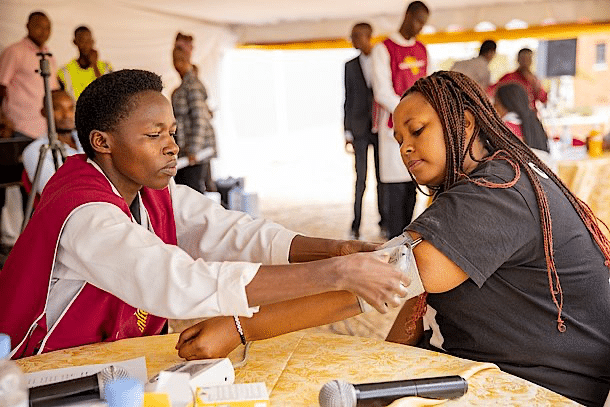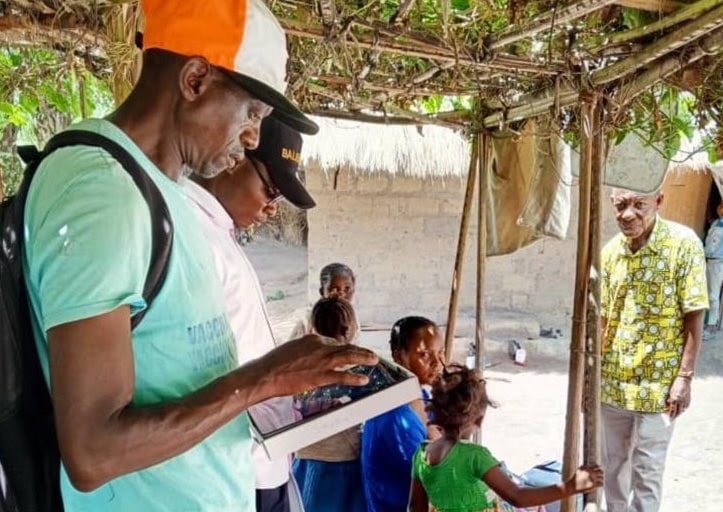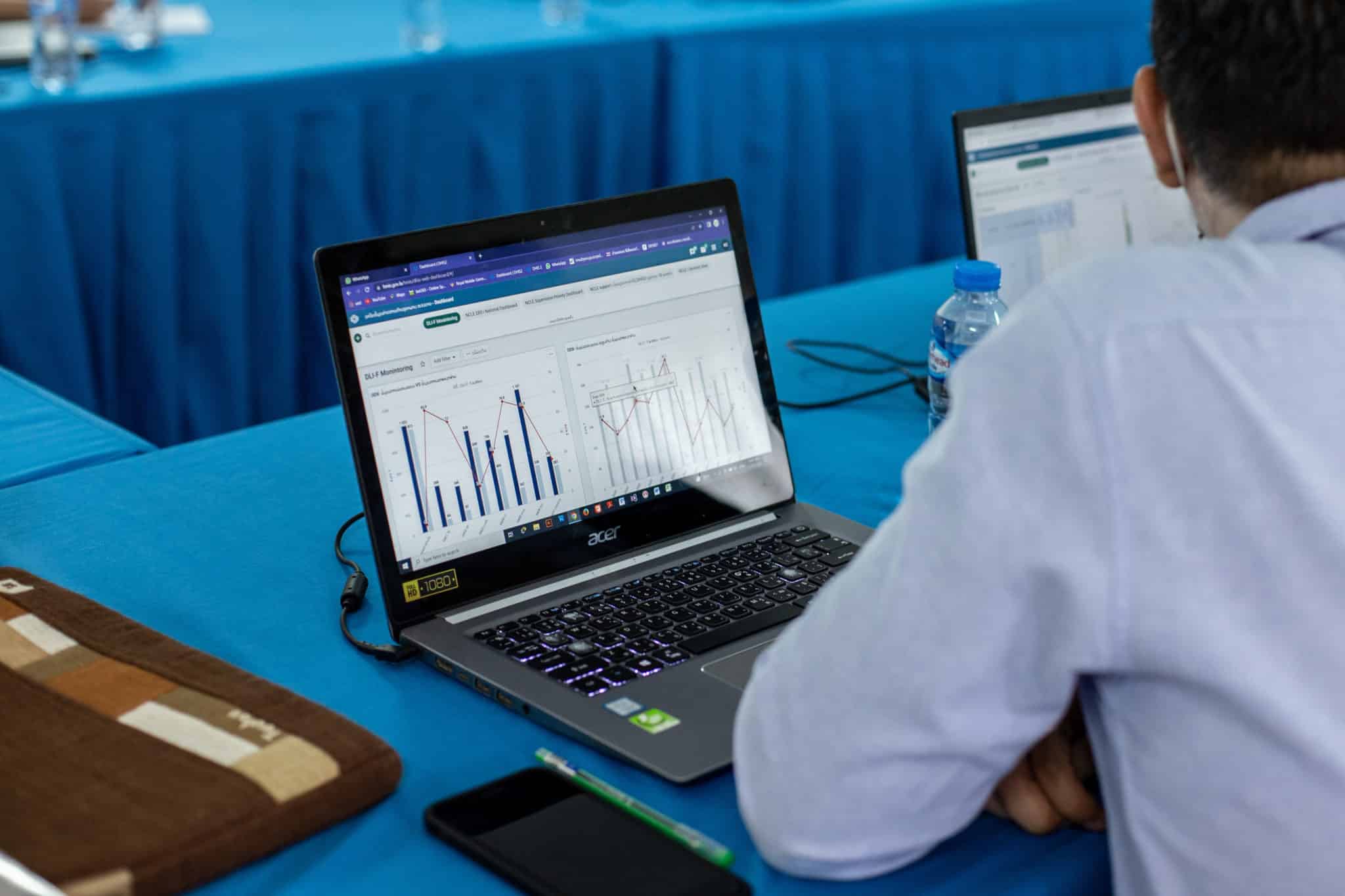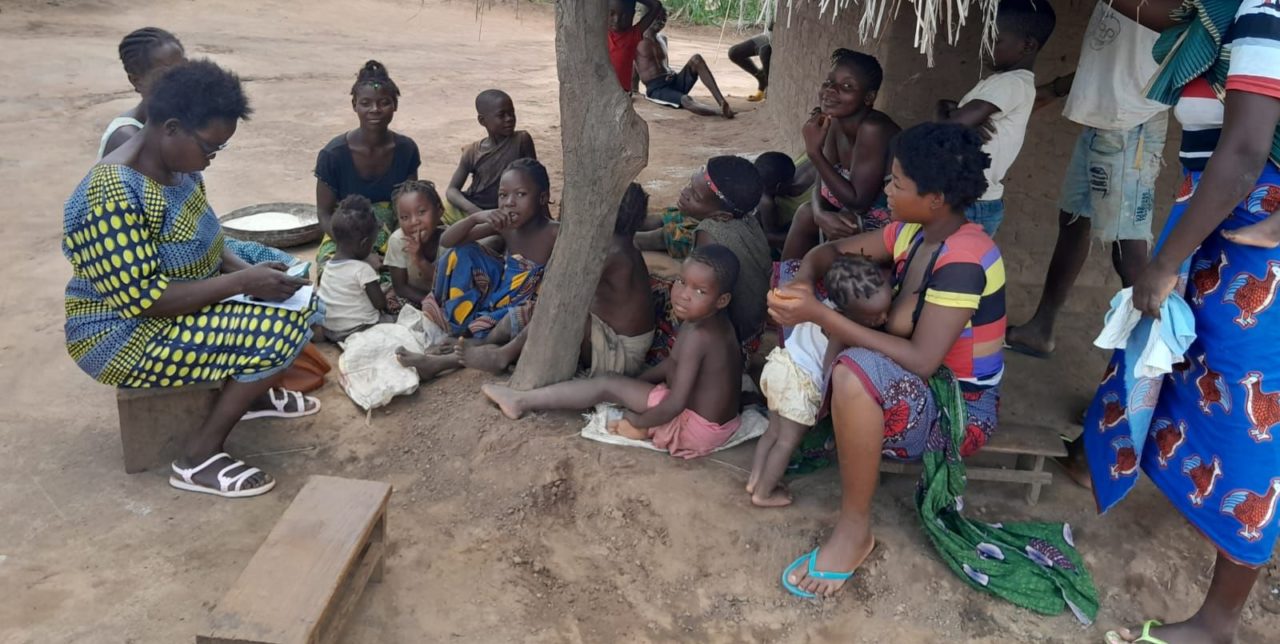
Using DHIS2 to Reach Zero-Dose and Under-Immunized Children in Mozambique
Health officials in Mozambique used DHIS2 Tracker for real-time monitoring and micro-planning to reach more than 19,000 zero-dose and under-immunized children in five priority provinces, part of a nationwide immunization effort.
The number of “zero-dose” children—those who have never received a dose of any vaccine—has risen dramatically in Mozambique over the last four years, from approximately 97,000 in 2019 to 750,000 by late 2023, according to a report from Gavi, the Vaccine Alliance. Despite the country’s earlier progress in increasing childhood vaccination rates, access to vaccines declined sharply since 2019, due to the Covid-19 pandemic, the impact of Cyclone Freddy, and outbreaks of polio, measles, and cholera. To address this dangerous downturn in vaccine coverage, Mozambique’s National Director for Public Health, through the World Health Organization (WHO) Expanded Program for Immunization (EPI) and in collaboration with Unicef Mozambique, created a five-year recovery plan to vaccinate children under the age of five.
The recovery plan included a targeted campaign in 73 of the country’s 128 total districts in January and February 2024, to provide all types of childhood vaccinations to zero-dose and under-immunized children. As part of this campaign, Mozambique’s EPI team piloted a custom DHIS2 Tracker program developed by Saudigitus (HISP Mozambique) with funding from Gavi. This digital solution—which was used in five of the seven priority provinces for campaign mapping and micro-planning as well as recording vaccination data and monitoring campaign performance—proved very beneficial to the initial effort, allowing health workers to understand the geographic distribution of target groups by capturing precise location information for children, as well as information about vaccines administered, enabling daily updates to the Ministry of Health and other key stakeholders. In those five provinces piloting the DHIS2 Tracker program, health workers used the digital solution to locate and vaccinate 19,021 children. Based on these results, the EPI team has decided to use DHIS2 tools during the wider catch-up campaign in Mozambique.
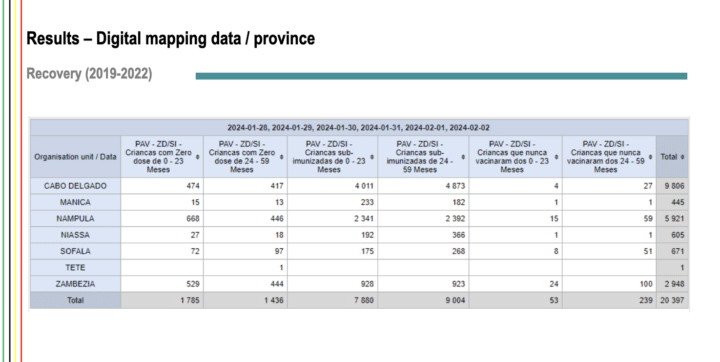
Using DHIS2 allows health officials to make adjustments during campaign to reach more unvaccinated children
The vaccination campaign in January and February 2024 was led by Mozambique’s Ministry of Health, with financial support from Gavi and technical support from Unicef, the WHO, Saudigitus, and others. For the weeklong mapping stage in districts using the custom DHIS2 Tracker program, community health workers used the app to locate zero-dose and under-immunized children under the age of five. In the following week’s vaccination stage, health workers returned and administered vaccinations to nearly all children who were identified. While DHIS2 has been used to manage immunization data in previous campaigns in Mozambique, this pilot represented a significant step forward, because the custom Tracker program captured individual-level data rather than aggregate data—which can help provide better care and improve patient outcomes by providing a personal digital record that assists health workers in identifying and following up on immunizations for individual children.
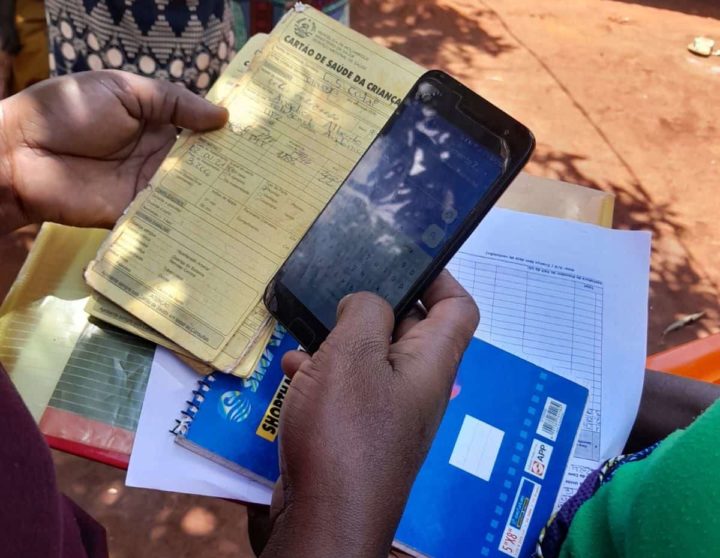
During the mapping process, community health workers at sites with sufficient numbers of mobile devices used the DHIS2 Android Capture app to collect data for all children in the target age ranges. They began with only zero-dose children but then expanded to include all children under the age of five, using Tracker to capture the geographical coordinates of each child, to make it easier to map vaccine demand and follow-up on the children during the vaccination phase. Additionally, workers collected aggregate information about the total number of children in each community, grouped by age range (0-23 months and 24-59 months of age). Because the mapping data was immediately available through DHIS2, health workers were able to identify “focus points” for vaccinations, considering proximity to the most children and ease of access for parents. In districts not using DHIS2 for geographical mapping, vaccination distribution points were also used, but were based on historical population data.
Once in the campaign phase, health workers collected aggregate data about the number of vaccines delivered daily at each site for real-time monitoring. The daily campaign data review conducted by the national Monitoring and Evaluation team—which included Saudigitus, the EPI team, and high-level representatives from the Ministry of Health—revealed a challenge: workers were not meeting their daily targets for vaccinating the expected number of children based on the results of the mapping phase. This information led local vaccination teams to take action. Though each district had established fixed locations for vaccination, workers in some areas used the data provided by DHIS2 to change their strategy and go door to door to find the missing children.
While the daily reports initially revealed shortfalls for most provinces, they also uncovered additional unvaccinated children not initially accounted for. Based on this information, campaign workers decided to add two additional days to the campaign and, utilizing campaign data, districts were able to update their targets, reaching a total of 19,021 zero-dose children. This showcased the effectiveness of the DHIS2-driven approach in optimizing immunization efforts by leveraging granular data in real time.
Building on lessons from this pilot to improve future vaccination campaigns
Mozambique began using DHIS2 for immunization logistics data in 2015, and then successfully implemented the Tracker app for its Covid-19 mass vaccination campaign beginning in 2021, marking the country’s first use of individual-level immunization data. Health officials elected to capitalize on the successful use of DHIS2 during the pandemic by expanding from that immunization campaign to a unified Electronic Immunization Register for routine immunization data nationwide.
During this campaign, the Cape Delgado province was particularly successful in using the custom Tracker program, demonstrating the potential and functionality of the DHIS2 suite of tools for successful campaign management. Workers were able to leverage mapping data to exceed vaccination targets. Dr. Braiton Maculuve of the EPI program was optimistic about the potential of DHIS2 “to identify and reach missed communities and zero-dose and under-immunized children” based on this experience, stating that DHIS2 “may be a key tool to address inequality in immunization in low- and middle-income countries.”
Some districts, however, had difficulty collecting individual-level data with the Tracker app during this campaign, for reasons primarily related to training, availability of mobile devices, and internet connectivity. The intent was to use the DHIS2 mapping approach for planning with future activities, but officials will first need to address the challenges revealed during this pilot. Saudigitus plans to continue improving the custom Tracker program so that it can be used in future efforts, including the DHIS2-based Electronic Children’s Registration (ECR) platform that it is developing with the Ministry of Health and VillageReach. The individual-level data that was collected during this campaign, including geo-coordinates and vaccination information, will be used in the ECR platform, supporting routine EPI programs and enabling better patient follow-up. When launched, the Ministry of Health plans to use the platform—with Android mobile devices—in all health facilities. It is already conducting user training for medical providers as of April 2024.
Looking ahead, the EPI program in Mozambique aims to build upon this experience. Despite the challenges, there is a growing enthusiasm within the EPI program to leverage digital solutions for planning and executing future vaccination campaigns. Mozambique is also currently piloting the use of DHIS2 for Education in two provinces, a significant milestone in the digitization of the country’s data management. The success of this and other DHIS2 initiatives underscore the potential for technology to enhance public health interventions and ensure no child is left unvaccinated.
This article is based on a post by Saudigitus on the DHIS2 Community of Practice and an abstract for the DHIS2 2024 Annual Conference.
